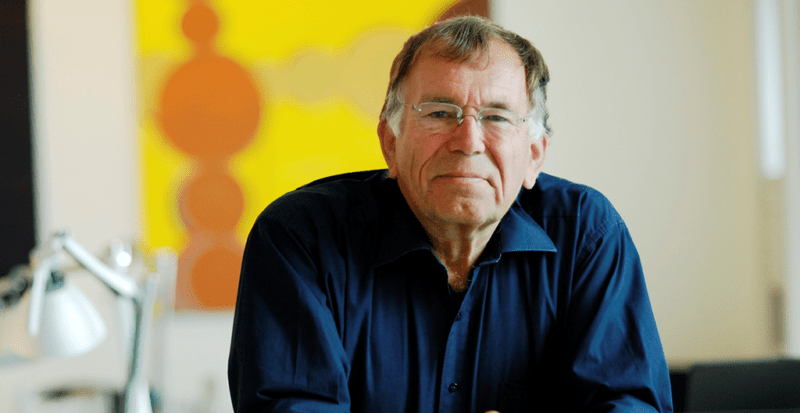Making cities for people
Jan Gehl is a renowned Danish architect and urban designer who has played a leading role in developing people-centred urbanism across the world. In this interview he talks about Australian cities, but also more broadly about making cities for people. His focus on planning and architecture is perhaps a little further from our normal posts, yet very pertinent through the discussion’s considerations for human scale urbanism, old cities vs new ones, and Gehl’s take on the impacts of COVID, which are worth the read on their own.

On the changes of the last few decades in Melbourne, and how a large part of the reimagining is about building for people, not cars.
It’s rather easy to do something with the Melbourne city center because it was not planned or made up for the motor cars. It was made with streets and parks, and then it was flooded with cars. To clean up Melbourne is to just clean up and tidy up after the car invasion, to have a good balance between the people and cars.
Which is also why he finds older cities easier to design for, since they were built at human scale from the start.
[I]n the new towns, after modernism, streets were changed to roads. It was a focus on the objects. All the new towns and new cities are made up of buildings, while all the old cities are made up of spaces, which is a fantastic difference from a human point of view.
Notice also the balance required between streets and squares, how the latter need to be just the right size to be centres of activity and places that encourage stopping or slowing down. Large ones created for show are not at the right scale to foster community presence.
A good city is made up of streets and squares. They have different functions in the life of the city. The street psychologically signals to move. We call it a movement space. So when you see this linear space, it suggests ‘go, go, go’. But when you come to a square, it signals stop the movement and start to do something else.
Gehl also mentions 8 80 Cities who frame how they look at cities through the lens of 8 and 80 year olds, arguing that if kids and older folks can both be comfortable in an urban environment, it will also be good for everyone else.
We as architects and planners can do a lot about our social environment, about neighborhoods, about a good environment to grow up in as a child, a good place to be in your old days, to create spaces to meet your fellow citizens and have a friendly, relaxed situation in the streets, outside your buildings and inside your dwellings.
Finally on COVID and the much talked about urban impacts, whether in how we’ll inhabit cities or how so many are moving out, he contends that preparing for pandemics should be left to doctors, cities are cities and if they are built for people they can adjust to health crises. On the contrary, Gehl gives the example of the reaction to tuberculosis, and how the changes in urbanism proved wrong for daily life, yet stuck around for decades.
[A]fter just 20 years the doctors came up with vaccines and cures for tuberculosis and for another 50 years we continued to build concrete blocks as if tuberculosis was still a major problem. By that time we had many new problems created from the way we combatted tuberculosis through building; loneliness, seclusion, alienation and crime. So I think we should be very careful to have the right discussions.
On the other hand, even if we shouldn’t rethink cities just for pandemics, many of us did change our perception of our surroundings, the lockdowns have shown the importance of things often taken for granted.
And so we really have come to realize what this society means to us, what other people mean to us, how much we long to look out of the window and see some life in the streets and along the shops and in the restaurants and going to soccer matches and festivals and whatever. It really has reinforced how important these things are in our life.
